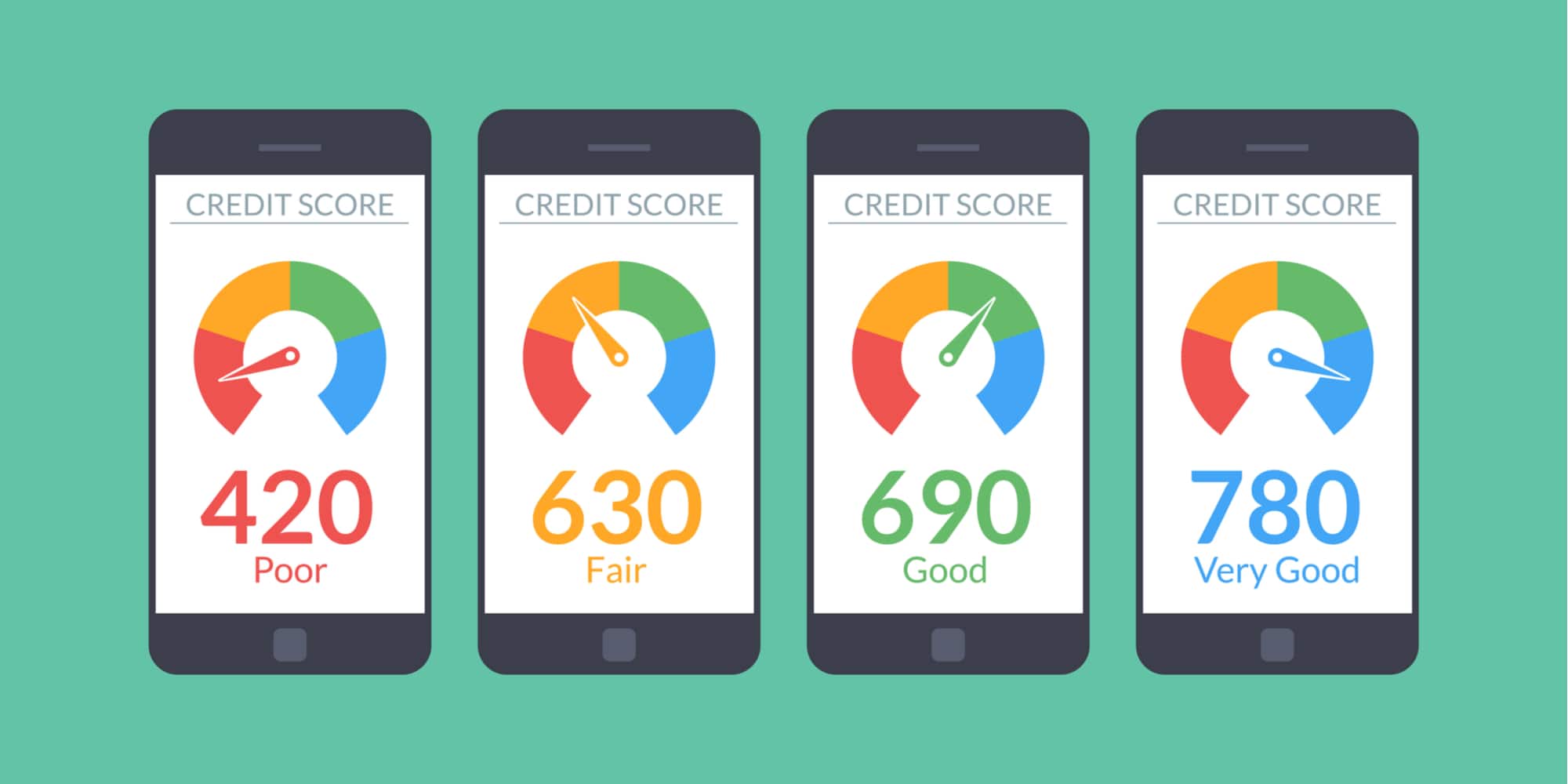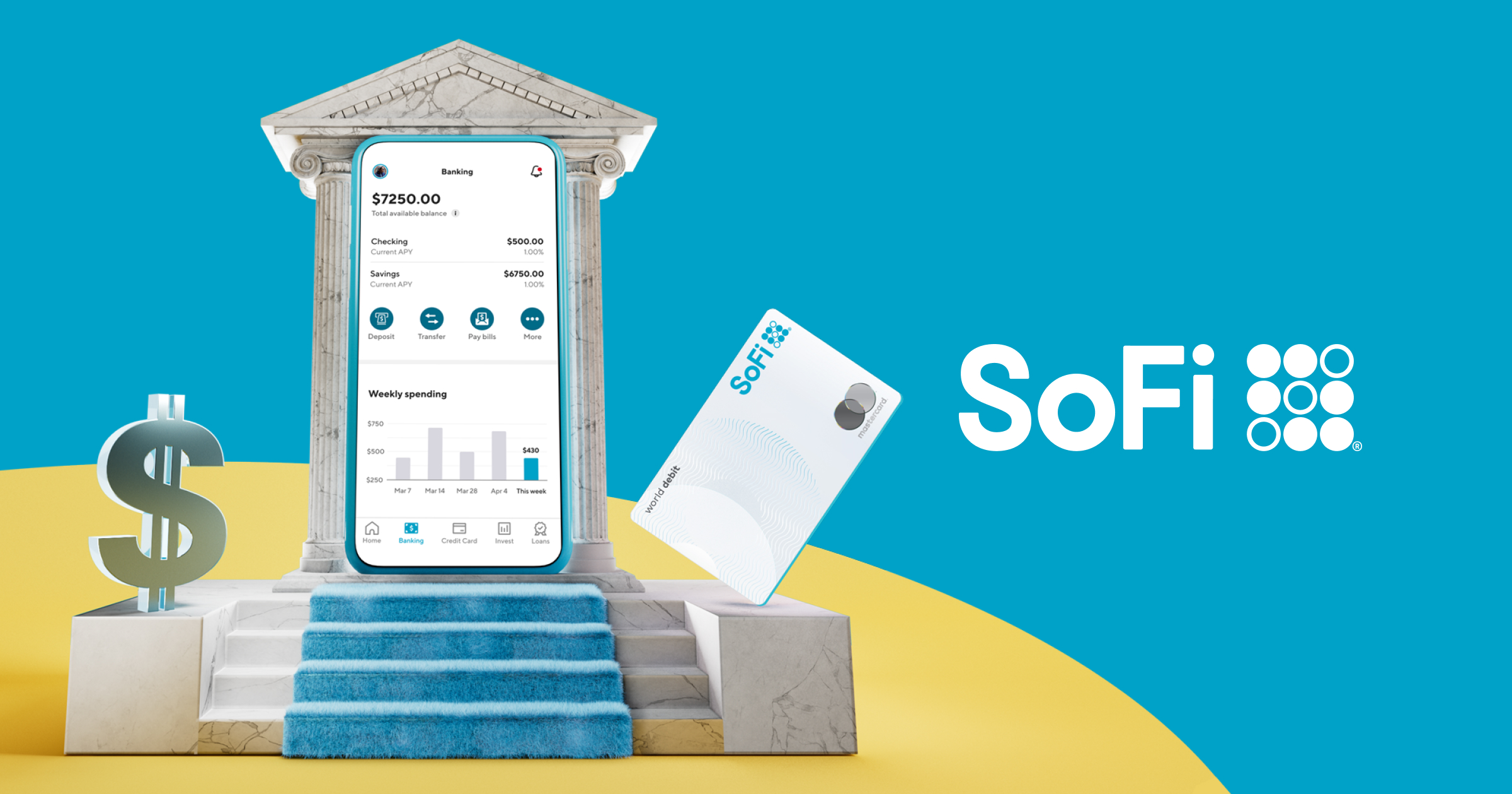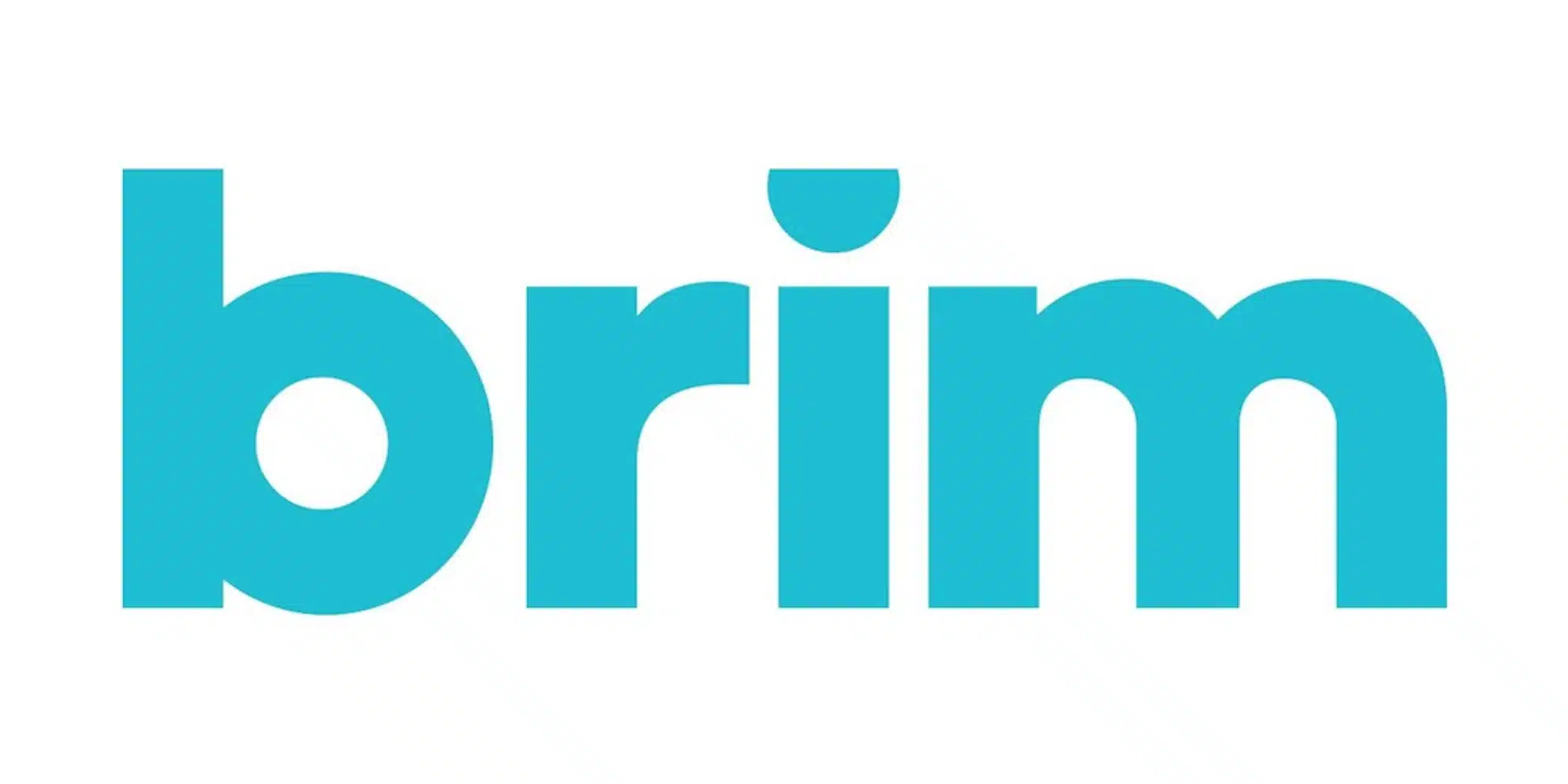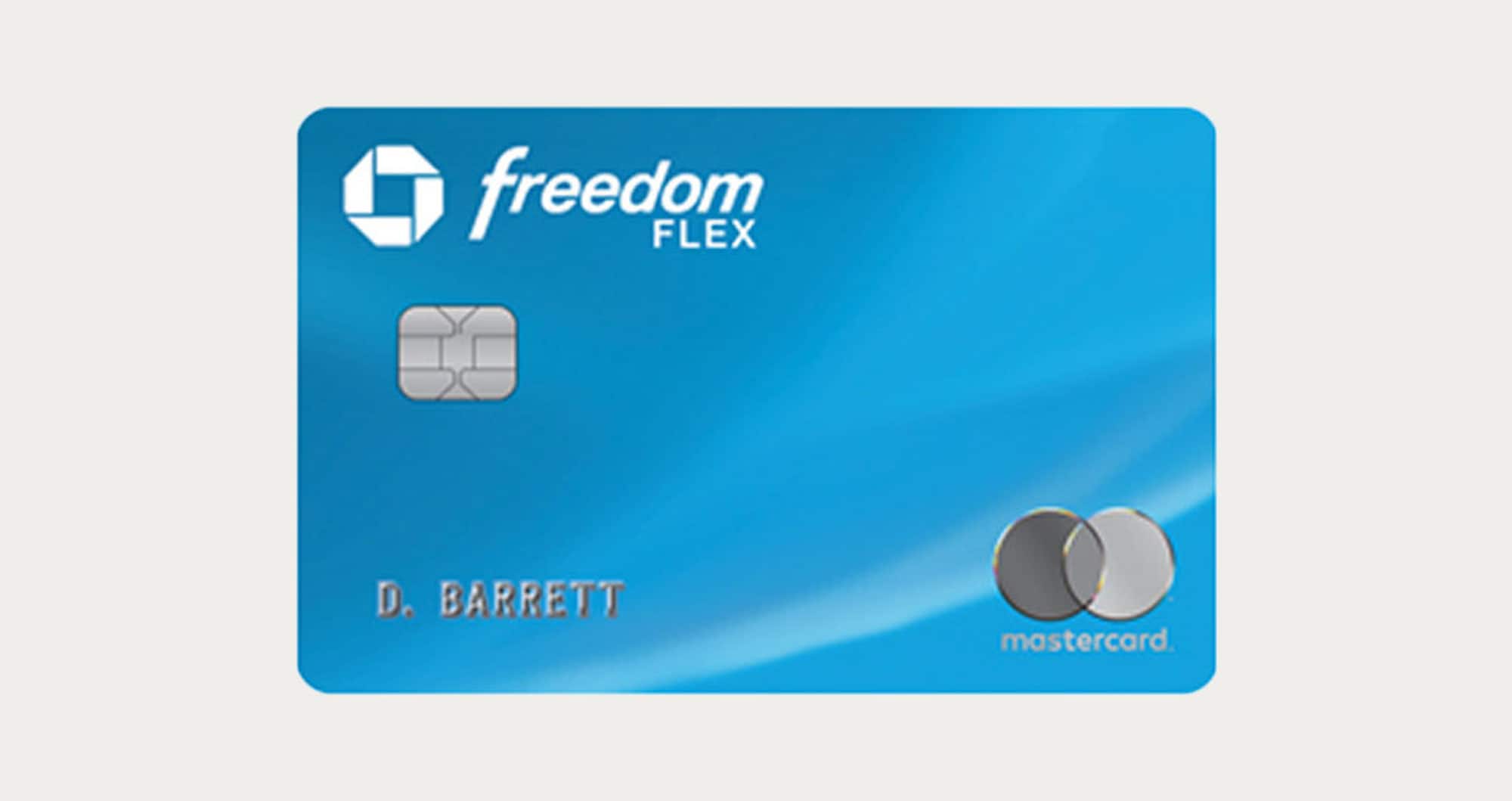
Credit Score Guide
A Guide to Building Credit and Increasing Your Credit Scores
When it comes to credit, there’s some good news. The average credit score in the United States has been steadily rising in recent years, coming in at 715 in 2023. That may be because, today, consumers not only have more ways to access their credit reports and scores than ever before but also because there are an increasing number of options that Americans have for building credit in the first place.
Credit is something that many of us take for granted as it suddenly just seems to appear when we need it. However, that’s far from the case for everyone. In fact, building credit can often be a catch-22, as those without credit can have a hard time finding opportunities to prove their creditworthiness.
Whether you’re looking to gain a better understanding of how credit works, build up your credit from scratch, or continue toward an even higher score, the following guide is for you.
Getting to Know Your Credit Score
Credit score basics

You’ve probably heard the term “FICO” in relation to credit scores but never really known what it means. FICO actually stands for Fair Isaac Corporation, which provides the credit scoring models most commonly used. These scores range from 300 on the low end to 850 on the high end. While some expert opinions differ, scores below 670 are typically considered “poor” while those over 740 are “good.” Additionally, although nomenclature typically refers to a singular “credit score,” different scoring models utilized by various creditors mean that you may have dozens or even hundreds of different credit scores.
These scores can play a role in many aspects of your financial life, including your ability to get approved for rewards credit cards, the interest rate you’ll pay for a car loan or mortgage, and more. Additionally, in some cases, your credit may be a factor in approving a rental application or in a hiring decision. Needless to say, striving to maintain good credit is definitely in your best interest.

What goes into a credit score?
Speaking of your FICO credit score, there are five main factors that go into determining it:
- Payment history
- Amounts owed (credit utilization)
- Length of credit history
- New credit (new inquiries)
- Credit mix
These factors also happen to be in order according to how big of an impact they make. First, payment history accounts for 35% of your score. Next is credit utilization, which compares how much you owe to how much total credit you have. This makes up 30% of your scores.
With those two major factors out of the way, the next component is length of credit history — which accounts for 15% of your scores. Simply put, this looks at how long you’ve had your various lines of credit, with more history being better.
Finally, the last two aspects of your credit scores are new credit and credit mix, both of which are 10%. New credit and new inquiries include new accounts you’ve opened as well as creditors who have pulled your credit. As for credit mix, this means having both revolving credit (such as credit cards) as well as installment payments like loans, mortgages, and more.
Knowing these factors can be helpful as you look to improve your credit as you’ll have an idea of what’s most important and, in turn, what may be most effective.
Credit scores vs. credit reports
Before you can start building or improving your credit, you’ll want to know where you stand in the first place. This begins with checking your credit scores but also includes reviewing your credit report.
What’s the difference? Well, while most people talk primarily about credit scores as the all-important measure of their creditworthiness, those three-digit numbers don’t just come from nowhere. Instead, they’ll be derived by distilling certain aspects of the data contained in your credit report. Unfortunately those reports can also have errors that unfairly affect your scores. That’s why you’ll want to get your hands on a copy of your report and review it to ensure its accuracy.
Obtaining your credit report
The best place to obtain your credit report is AnnualCreditReport.com. This site was brought into existence thanks to the Fair and Accurate Credit Transactions Act of 2003 and is operated by the country’s three big credit bureaus: Experian, Equifax, and TransUnion. What the site offers is the ability to download a copy of your credit report (one from each bureau) for free up to once per week. From there, you can look over your reports to not only check for errors but also see what companies are reporting data on you.
By the way, if you’re wondering why the term “annual” is in the site name while you can access your reports weekly, the answer involves a bit of history. Originally, when the site was created, consumers could only access each report up to once per year for free. However, during the COVID-19 pandemic, the bureaus increased this to once per week. Then, after multiple extensions, they’ve since made this a permanent change. So now you know!
Disputing errors
In the event you do find errors, you do have the right to dispute the information. This is done by contacting each bureau reporting the error, presenting any supporting documentation you may have to prove the inaccuracy, and waiting for their investigation to conclude so they can render a verdict on your request. In some cases, you may also wish to contact the company reporting errors to the credit bureaus as well to see if it can be resolved on their end.
Where to check your credit scores
Now that you’ve been able to review your credit report, the question remains as to how that translates to a score? There are a few different places that will present you with a credit score but the most popular are sites like Credit Karma, Credit Sesame, and WalletHub.
A big reason why these sites are recommended is because they’re absolutely free. Meanwhile, other sites — including monitoring services provided by each of the credit bureaus themselves — typically charge a monthly or annual fee.
If you do choose to use one of the free sites, something you’ll want to be aware of is that they typically use a different scoring model (VantageScore 3.0, to be exact) than the well-known FICO ones. As a result, there is a chance that the scores potential creditors will see will vary somewhat from what you see on those sites. That said, with so many different scoring models and constantly updating data, it can be difficult to pinpoint exactly what figure a creditor will see anyway. Therefore it’s best to view these free scores as ballpark figures.
It should also be noted that several different outlets — from credit cards to banks — are now providing customers with a free look at their FICO credit scores. This can be a nice perk and could give you an even better idea of where your credit stands. Then again, with access to the free sites still available, it’s likely not worth going out of your way to find an account that offers such a service.
How to Build Your Credit
When you’re first building credit, chances are you won’t quite be eligible to enjoy various rewards credit cards just yet. In fact, you may have trouble getting approved for many types of credit cards. As frustrating as this can be, there may be a solution in secured credit cards.
Secured credit cards
What makes secured credit cards different from most others is that they’ll require a deposit in order to open them. For example, you may be able to obtain a secured credit card with a $500 limit but you’ll need to place a $500 deposit first. This might sound like a silly practice, but it can help you establish credit — which is the point, after all.
“Alternative” secured cards and beyond
In addition to more traditional secured credit cards, a growing trend in FinTech and beyond has been alternative cards. The best way to explain these cards is that they effectively function as debit cards on the consumer side. But, behind the scenes, the cards are actually reporting a line of credit to bureaus as well as reporting payment history to them. Although various products may function slightly differently, typically with these types of cards users make purchases and have the corresponding funds pulled from their available balance to then automatically pay off their balance at the end of the statement cycle.
Some examples of these types of alternative secured cards include the Credit Sesame Credit Builder card and Cred.ai. Meanwhile, the credit bureau Experian recently launched what it calls the Experian Smart Money Digital Checking Account. In this case, the debit card will look for recurring payments that could be reported to help build credit, such as rent, utilities, or even streaming service subscriptions.
Authorized users
Another way you may be able to boost your credit even when you can’t get approved for cards on your own is to become an authorized user on someone else’s account. This can usually be arranged through the card issuer’s website or by calling their customer service line. In most cases, the card issuers will also send you your own card, which may have the same number as the primary cardholder or a different number that’s still linked to the same account.
There are a few things you need to keep in mind when it comes to authorized users. The first is that the primary cardholder will technically be responsible for any purchases you make since the account is in their name. Similarly, while you can certainly benefit if the primary cardholder has good credit and payment history, you also run the risk of inheriting their missteps as an authorized user. Finally, not all card issuers treat authorized users in the same manner, meaning that this “hack” might not work in all cases.
The bottom line is that, if you want to become an authorized user, it’s best to ask someone you trust and for both of you to research how their card issuer handles secondary users.
Other credit card options
If secured credit cards aren’t up your alley and becoming an authorized user is not in the cards, there may still be some other options. One potential solution is looking to your bank to see if they might offer a credit card. Depending on your history with the bank and other factors (like having direct deposit), they may be more willing to approve you for a line of credit than other issuers would be.
Moving to a less appealing but still potentially viable options, store credit cards — like those offered by various retailers — tend to have lower approval requirements than other cards. This can be a good thing in terms of building credit, but there are several downsides to these types of cards. For one, private label cards (as they are known) can typically only be used at that specific retailer as they may not be branded with Visa, Mastercard, etc. This can be fairly inconvenient, especially if the store you’re a cardholder for falls squarely in the “splurge” category.
Something else to watch out for with store credit cards is their low credit limits. These low limits could prove problematic as you’ll likely have a high utilization rate (much more on that later). Because of this, you may want to explore other options before resorting to private label cards for building credit.
See if you can earn credit for your rent payments
Back when you first checked your credit report, you may have been surprised by which companies reported to the credit bureaus and which ones didn’t. It’s unfortunate to note that most utility payments, cell phone bills, and cable bills aren’t reported (although, if these accounts go into collection, they could serve to hurt your credit). Similarly, if you’re renting, there’s a good chance your landlord isn’t reporting your on-time payments either. However there may be a way to change that.
There are now several services you can utilize to have your rent payments reported to credit bureaus, helping you build credit. The catch is that many of these services do charge some type of fee and may require the participation of your landlord.
However, as mentioned, the Experian Smart Money debit card can report certain bills including rent. On top of that, their free Experian Boost service can also be used to add eligible payments. Unfortunately, though, this will only apply to your Experian credit file and not reports from other bureaus.
In any case, these options may be worth looking into if you’re looking to (literally) get credit for your rent payments.
Pay on time(!)
Regardless of which route you choose to try to grow your credit history, the key is to ensure that you’re making all of your payments on time. After all, payment history is the single largest factor in determining your credit score and any late payments can stay on your report for up to seven years!
Of course, in the event that you do slip up somewhere along the way, you may be able to ask for forgiveness by calling your creditor and pleading your case. Obviously you’ll want to be pleasant when calling and they’re still able to decline your request but, if you have a good history with them and it’s your first infraction, they may be willing to cut you some slack.
Don’t fall for misconceptions
Finally, when you’re trying to build credit, there are a few myths and misconceptions out there you should be aware of and watch out for. Chief among them is the mistaken belief that you need to carry a balance on your credit card in order for it to be reported. To be clear, this is false! In reality, there’s no harm in paying off your full credit card balance each month — in fact, that’s what you should do in order to avoid paying interest.
Another misconception states that opening a new credit card hurts your credit score instead of helping. There is some truth to this one as credit inquiries — or “hard pulls” — can ding your credit score and applying for too many lines of credit at once can be a red flag to lenders.
However the long-term benefits that can come with using a credit card responsibly far outweigh these minimal downsides. Plus, with “new credit” making up only 10% of your FICO score and “amounts owed” accounting for 30%, chances are that the hit your credit experiences from the hard pull will be overshadowed by the available revolving credit you’ll gain.
Continuing Your Journey to Higher Credit Scores
Ask for a limit increase

As promised, it’s time to talk more about credit utilization. Falling under the “amounts owed” section that makes up 30% of the FICO scoring model, credit utilization simply refers to how much of your available credit you’re using at any one time. For example, if you have a credit card with a $1,000 limit and a $300 balance, your utilization rate would be 30%. Incidentally, most experts say that, in order to maintain good credit, you should strive to keep your utilization below 30% — although the lower, the better. To make achieving this goal a bit easier, you may consider requesting a credit limit increase.
Contrary to what you may assume, the credit limit you’re assigned when you first apply for a credit card doesn’t necessarily stay that way forever. Not only can the card issuer elect to raise your limit from time to time (or, in some cases, lower it — but that’s a different story) but you can also request an increase. In either case, the revision could help boost your credit scores by giving you more available credit and lowering your utilization.
Just like when calling your card issuer to ask if they’ll forgive your late payment, there is always the chance that your limit increase request will be denied. That said it can be helpful if you wait a few months before asking for an increase so that you can cite your positive payment history as a reason why they should approve you. It’s also a good idea not to ask for too much of an increase as this can once again be a red flag.
Make multiple payments per month
In the event that you can’t get a credit limit increase or just want to keep your utilization even lower, another thing you might try is making multiple payments on your card each month. Since most creditors only report your closing balance each month, making a mid-month payment to lower your balance (and, thus, your utilization) may help increase your scores. This tip can be especially helpful if you do have a rewards credit card and are trying to get the most benefit out of it without hurting your credit.
On that note, some services such as ScoreMaster will even tell you when the best date to pay off your balance is in order for your credit report to show the best possible utilization rate. But, even without these insights, you can still potentially goose your scores with this simple timing trick.
Monitor your scores and report
Lastly, even if you’re happy with your scores and don’t have any plans to apply for more credit anytime soon, there’s still good reason to keep a frequent eye on your credit scores and reports. That’s because those pesky aforementioned errors can crop up at any time and squashing them is likely easier when they’re fresher. Furthermore, considering the multitude of hacks and breaches that have taken place in recent years (including *ahem* the credit bureau Equifax), it’s important to stay vigilant and ensure that others aren’t opening fraudulent accounts in your name.
A very basic way to keep on top of your scores and reports is to utilize those sites we talked about at the very beginning: AnnualCreditReport.com, Credit Karma, Credit Sesame, and WalletHub. By checking your credit regularly you’ll be able to spot irregularities and hopefully get them resolved before too much damage is done.
If you want to go a step further in protecting yourself, you might also consider credit freezes. What this does is prevent creditors and lenders from pulling your credit report, thus foiling any plans for bad actors to open new accounts. Additionally, should you need to legitimately apply for new credit, you can request a temporary lift on your freeze using a PIN provided to you, allowing creditors to pull your report during a limited window of time.
To freeze your credit, you’ll want to visit the sites for Equifax, Experian, and Transunion to get started. While there used to be a fee for the initial freeze as well as for any lifts you requested, these activities are now free thanks to federal legislation. Once you’ve completed the freeze request and received your PIN/created an account, you’re good to go.
One final thing to note regarding credit freezes is that Credit Karma and the others might not be able to start monitoring your scores if your account is frozen. However, freezing your credit after your initial sign up on these sites won’t affect their ability to update.
At times, the American credit system can be a bit confusing. Luckily there are now more resources than ever for not only understanding how your credit works but also learning about new tips and tricks for building up your scores. From starting out with secured credit cards, becoming an authorized user, or requesting to report your rent payments to continuing your journey with limit increases, multiple payment “hacks,” and more, hopefully this guide will help you build up your credit and maybe even get you to join the 800 club.







